Shanghai Jingyao Industrial Co., Ltd. is a modern high-tech enterprise dedicated to the research and development, production and sales of food machinery products. Through its commitment to excellence, the company has become a leading supplier of innovative and high-quality food processing equipment. Among its wide range of products, the company offers various types of ovens, including deck ovens and rotary ovens that are essential for commercial baking operations.

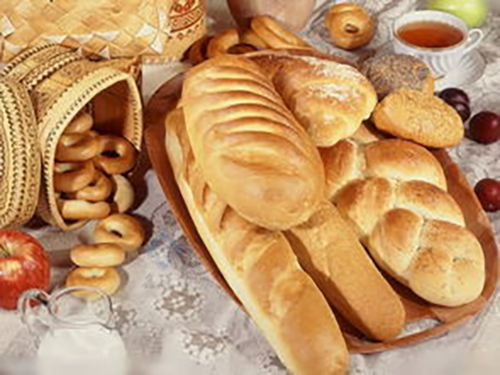
In commercial baking, oven selection plays a vital role in determining the quality and consistency of the final product. Ovens can be roughly divided into three main types: rack ovens, deck ovens, and convection ovens. Each type has its own unique characteristics and advantages and meets different baking requirements. Rack ovens, also known as rotary ovens, are particularly suitable for baking large quantities of the same product. Its rotating rack system ensures even baking and is ideal for high-volume production environments.
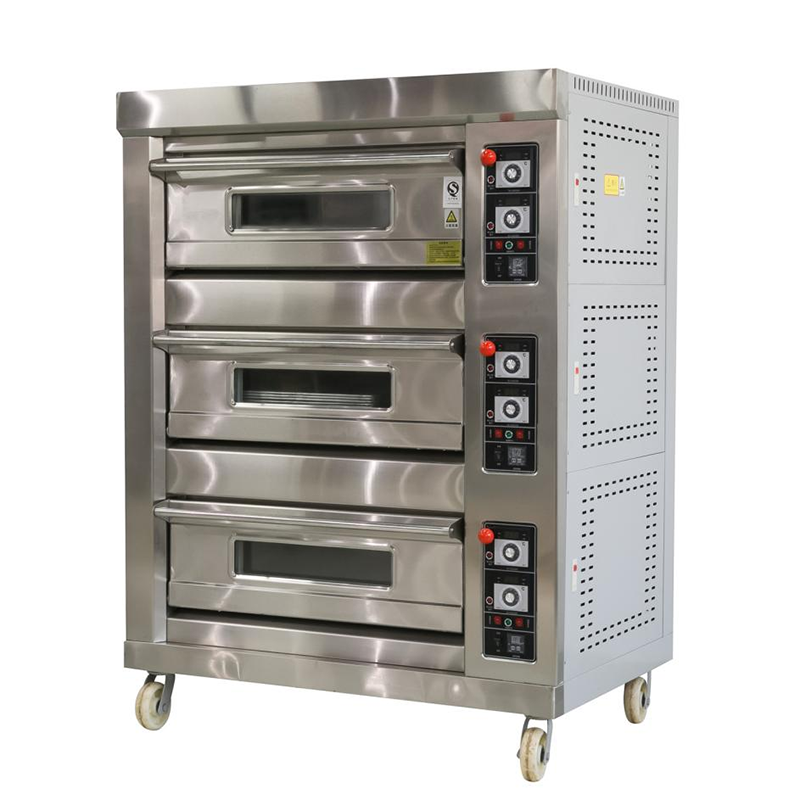
Deck ovens, on the other hand, are a popular choice for many commercial bakeries due to their versatility and precise heat control. Unlike rack ovens, deck ovens typically use stone bottoms, which help create a crispy, even crust. Additionally, it offers easily adjustable top and bottom heat distribution controls, allowing bakers to achieve desired texture and browning for a variety of baked goods. This makes deck ovens ideal for artisan breads, pastries and pizzas, where consistent and even heat distribution is essential for perfect baking.
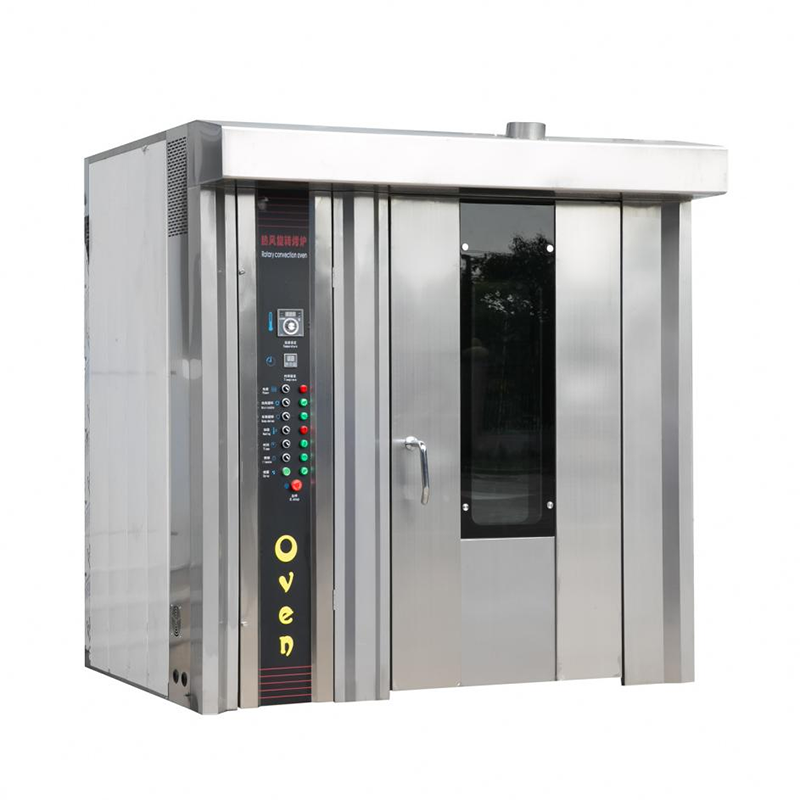
One of the main differences between deck ovens and rotary ovens is their baking mechanism. Rack ovens utilize a rotating rack system to move products through the baking chamber, while deck ovens have fixed decks or racks on which products are placed for baking. This fundamental difference in design has a significant impact on the baking process and the types of products each oven can bake effectively.
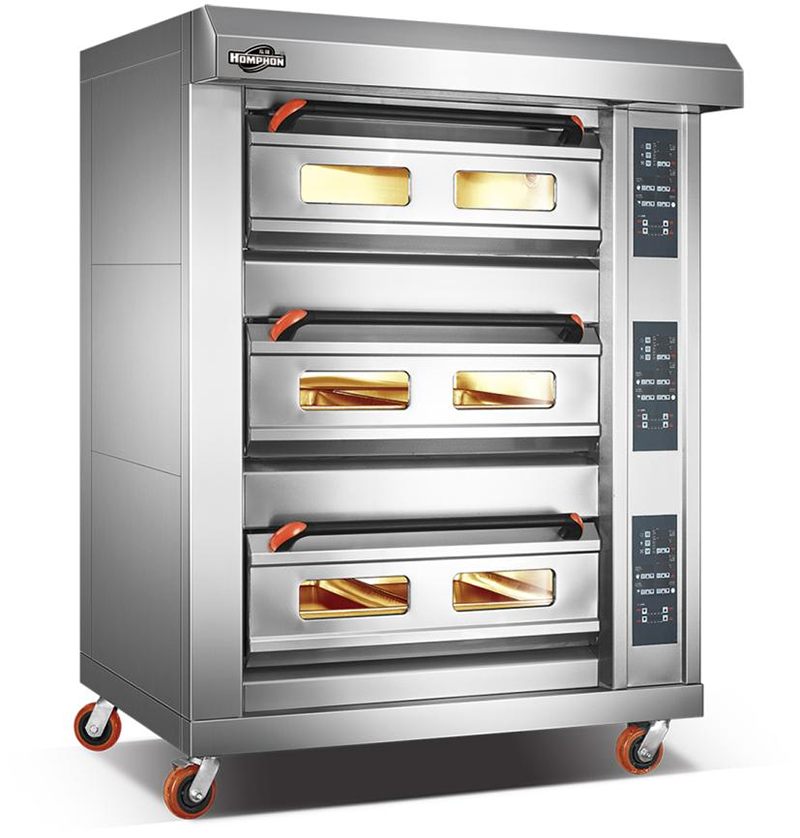
In addition to the baking mechanism, deck ovens and rotary ovens also differ in size and capacity. Rotary ovens are typically larger in size and designed to handle high-volume production, making them suitable for industrial-scale bakeries and food production facilities. In contrast, deck ovens come in a variety of sizes, from compact countertop models to larger multi-tier units to meet the diverse needs of small to medium-sized bakeries and food service establishments.
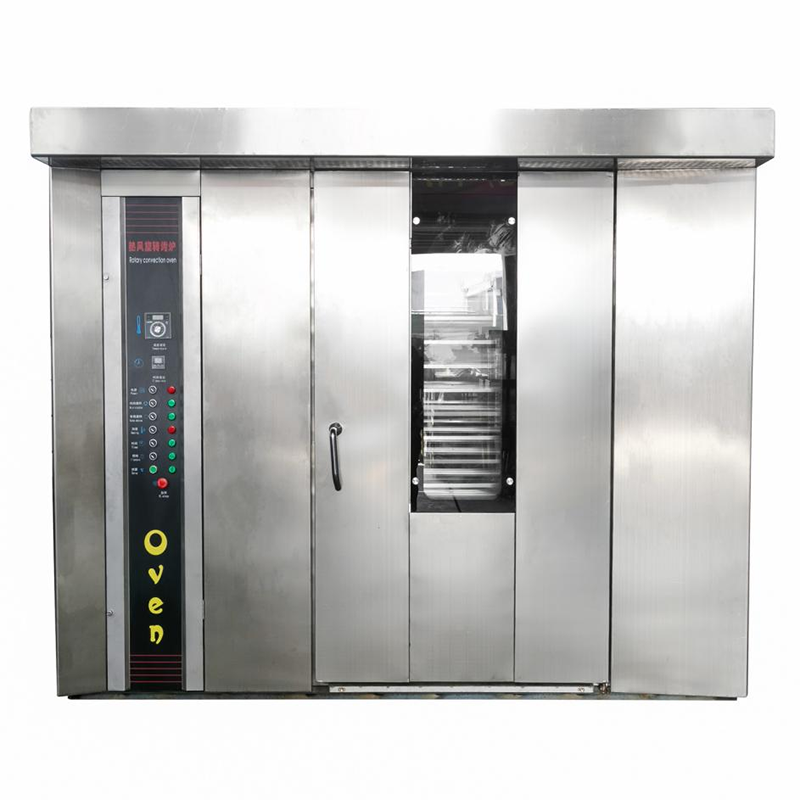
Additionally, choosing between a countertop oven and a rotary oven depends on a variety of factors, including specific baking requirements, throughput, and type of baked product. Rotary ovens are ideal for batch production of uniform products such as breads and pastries, while deck ovens offer greater flexibility and control, making them ideal for artisanal and specialty baked goods. Ultimately, both types of ovens play a vital role in the commercial baking industry, and choosing the right oven is crucial to achieving consistent quality and satisfying the needs of discerning customers.
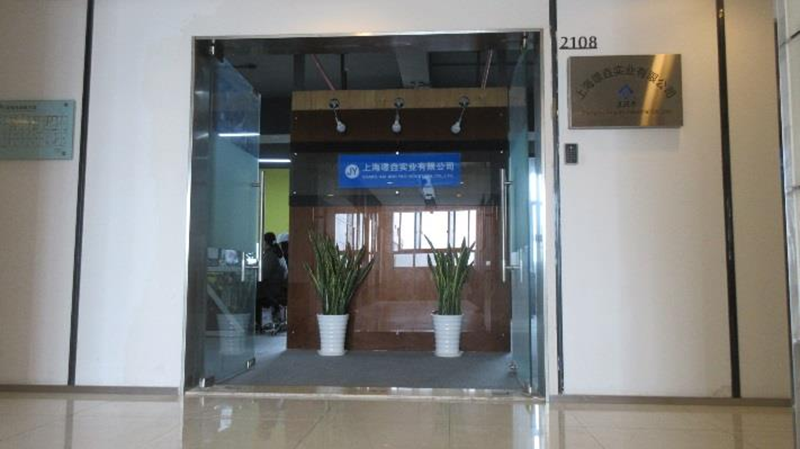
Post time: May-15-2024





